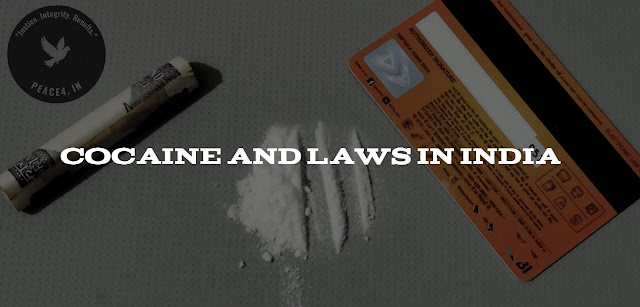Search This Blog
PEACE Legal Information India offers simple, accurate explanations of Indian laws, including workplace rights, cyber law basics, traffic regulations, consumer protection, safety rules, and common legal situations. Our goal is to make legal information accessible, trustworthy, and easy for everyone in India to understand.
Peace Legal Information: Making Law Simple for Every Citizen
Meaning of Yellow, White, and Zebra Markings on Indian Roads
Here is a detailed clarification on the Meaning of Yellow, White, and Zebra Markings on Indian Roads
Quick Navigation:
Introduction
Road markings in India, including yellow lines, white lines, and zebra crossings, play a crucial role in ensuring road safety, maintaining traffic discipline, and communicating important information to road users. Understanding what these markings mean is essential for all drivers, especially in urban areas where traffic regulations are strictly enforced.
Yellow Line Markings
Yellow lines are generally used to separate traffic moving in opposite directions. A solid yellow line means overtaking is not allowed, while a broken yellow line indicates overtaking is permitted when safe. Double yellow lines signify a complete no-overtaking zone.
They are especially common on highways and in high-risk areas such as curves and intersections. Violating these markings can result in fines under the Motor Vehicles Act.
White Line Markings
White lines typically separate lanes moving in the same direction. A broken white line allows for lane changes, while a continuous white line discourages unnecessary lane shifting. Double white lines should not be crossed under any circumstance.
They are commonly seen on city roads, flyovers, and expressways. Adhering to these markings improves traffic flow and reduces collisions caused by erratic driving.
Zebra Crossings
Zebra crossings are pedestrian walkways marked with white stripes. Vehicles are required by law to stop and give way to pedestrians waiting to cross. Ignoring zebra crossings not only endangers lives but can also result in heavy penalties.
Under Section 112 of the Motor Vehicles Act, failure to yield at a zebra crossing is punishable with fines and even suspension of your driving license in repeated cases.
Conclusion
Road markings are not just paint on asphalt—they are legal indicators of permissible driving behavior. Following them helps ensure your safety and that of others. Stay informed, stay responsible, and contribute to safer roads in India.



%20Act,%201970.jpeg)






